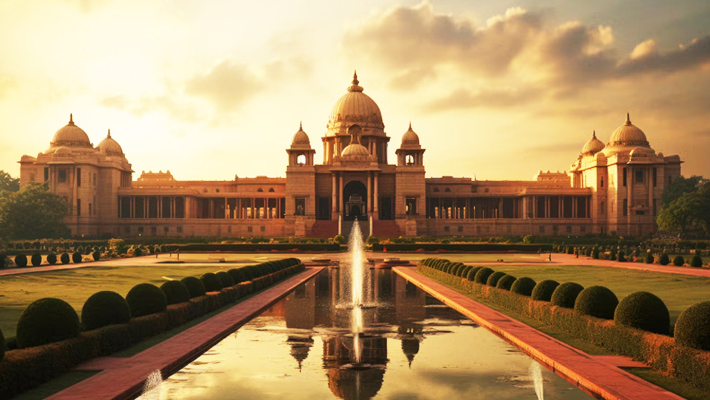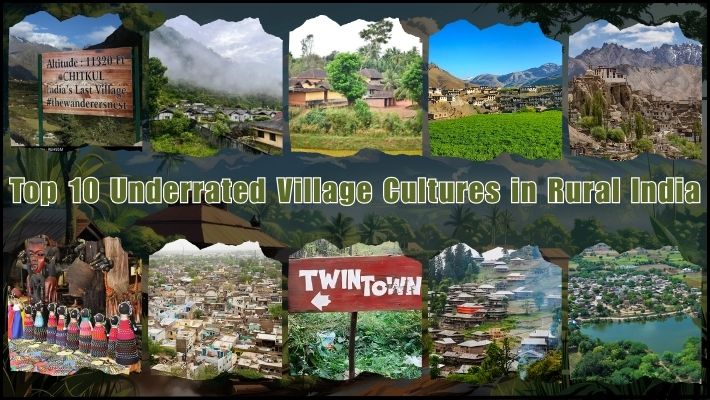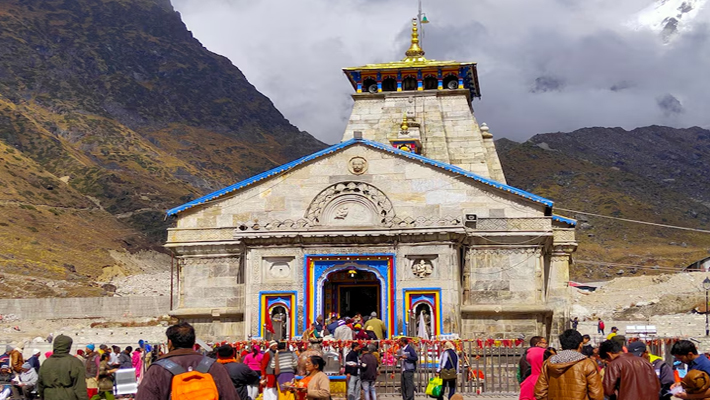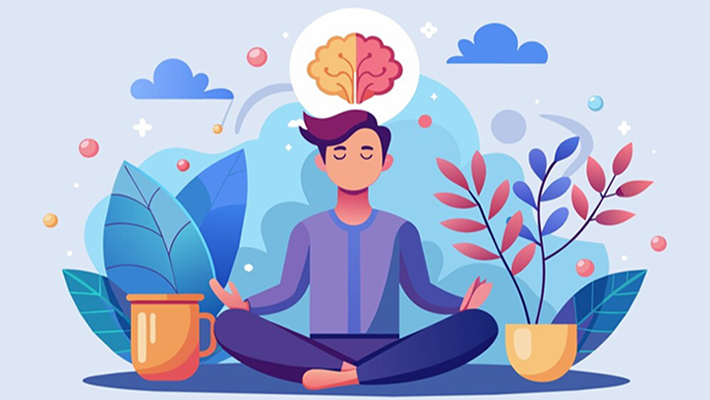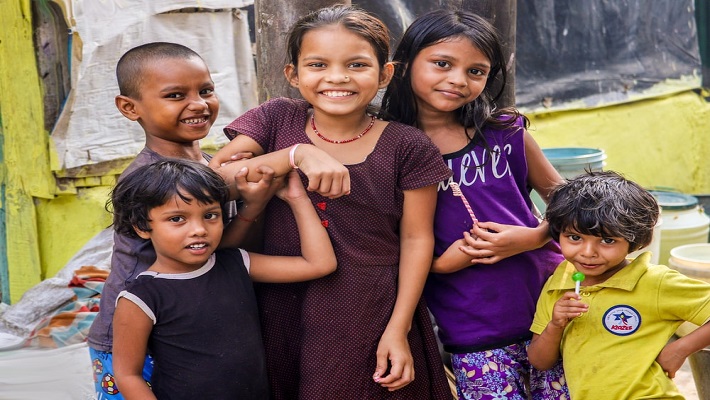
“Yaadhum oore, Yaavarum kaelir,” said Kaniyan Pungundranar. It means “I am a world citizen and everyone is my kith and kin”. “Caste” has been an integral part of our society for the past 2000 years. It is a “hierarchial order” followed by society based on profession, ritual practices and food habits. According to Manu, there are 4 castes or varnas - Brahmin, Kshatriyas, Vaishyas and Shudras. The Brahmins are priestly people who perform rituals in temples, teachers born from the lord Brahma’s head. Kshatriyas are kings, rulers born from the chest of Brahma. Vaishyas are merchants, artisans born from the arms of Brahma. Shudras are the working class people who are born from the legs of Brahma. Then there are casteless people whose profession is manual scavenging, rag-pickers and such odd jobs. These people are considered as “The untouchables” who now call themselves “Dalits”- meaning “The oppressed”.
We all know the history of how the dalits have been subjected to atrocities in the past. But is it still prevalent in our society? The simple answer is YES. It is present in a structured way. As Ambedkar once famously said, “It is not a division of labor that is prevalent in our society but it is the division of laborers that is present here.”
Caste discrimination is observed in terms of “purity”, food habits, rituals followed by the person and by birth. The hierarchy exists in a way where a person born in a Brahmin family is termed as pure and the purity declines with the following caste- Kshatriya, Vaishya, Shudras and then the dalits. Untouchability is present in today’s scenario in an open way. Entering of temples, Churches is restricted to people of a particular caste. The segregation of living places is also followed predominantly in rural areas but also found in urban cities. By food habits, there is a divide as vegetarians, non-vegetarians and beef- eaters. Again, the vegetarians being “Pure” and beef-eaters being “impure”.
Although caste originated with the Hindu religion in India, it has been adopted by other religions too.
According to government statistics, an estimated one million Dalits in India are "manual scavengers" (a majority of them women) Handling of human waste is a caste-based occupation, deemed too "polluting and filthy" for anyone but Dalits.
Casteism in Puducherry
In Pondicherry, there is a visible social divide between caste people and casteless (dalits). The caste people live in well built houses whereas the Dalits live in huts. There is a divide in the area, segregation, the huts vs the brick houses. The caste people do not want to be part of the marriage functions or be part of funeral procession of the dalit people. But they take the services from them in terms of cleaning the streets and such odd jobs. Dalits are allowed to enter the temples but are frowned upon and are not welcomed in the same way as a caste person is welcomed. This is an example of the social divide that is present in our society. Let’s be honest and think for ourselves, you probably got the job you have now or you are studying somewhere which was recommended to you by a family member or friend in that field. Your progress in this world depends on the number of influential persons you know. Now imagine how the dalit people who probably don’t have any contacts with people of high paying profession can come up in ranks and attain social equality.
Education and reservation
This is where education and reservation can play a huge part. India's policy of "reservations" or caste-based quotas is an attempt by the central government to remedy past injustices related to low-caste status. To allow for proportional representation in certain state and federal institutions, the constitution reserves 22.5 percent of federal government jobs, seats in state legislatures, the lower house of parliament and educational institutions for scheduled castes and scheduled tribes.
In the National Education Policy 2020, the question about how the implementation part of the system would favor the dalits looms. The present situation in India shows that the number of Dalits working as sanitation workers is between 40 to 60 percent. And in the NEP, the government is encouraging students to learn a professional skill. Encouraging students to learn a professional skill of their own choice reminds us of the “kula kalvi thittam” of 1953. The students who live in a segregated society encouraged to learn a skill would most likely choose a profession of their own family and surroundings. This would lead us back to the same problems which we, as a society have made progress from.
The NEP 2020 also encourages students to learn Sanskrit. It is funny how, in the same country where the “Inferior” caste people were refused to receive an education is now being “prompted” to learn Sanskrit.
Marriages in India
Marriage between 2 individuals is a matter between those 2 individuals. That’s all there is to it. I mean, I don’t know the point of a marriage but for this blog’s sake let’s just go with it. The marriage in India is a complicated system. There is endogamy- where a person marries a person from their own community. The majority of marriages in India are arranged marriages. In an arranged marriage, the family chooses the bride for the groom and the groom for the bride. In this system, the family chooses the partner in accordance with their caste and class. In this regard, numerous number of honor killings are reported when a person gets married to a person of different caste. In 2015, as many as 251 people were killed in the name of honor killings.
Amid this, the matrimonial websites are promoting “caste” by providing separate platform for each particular caste, language, religion.
Influences of Periyar in abolishing caste system
E.V.Ramasamy, also called as Periyar started the self-respect movement along with S.Ramanathan in 1925. The main objective of the movement is to uplift the “Inferior” caste by giving the people the idea of “self-respect”. Periyar believed that if a person starts to respect oneself, then he can attain equal social status. The effect of this self-respect movement is seen in Tamil Nadu, as the usage of caste names behind each person’s name has now become almost invisible. The two prominent political parties in Tamil Nadu- DMK and ADMK have its roots to the “DravidarKazhagam” that was started by Periyar.
This blog is only an informative blog which may induce your spirit to learn more about the subject and lets you be part of a revolution that is most needed.


